Home>Storage & Organization>Kitchen Organizing Tools>How To Move A Litter Box
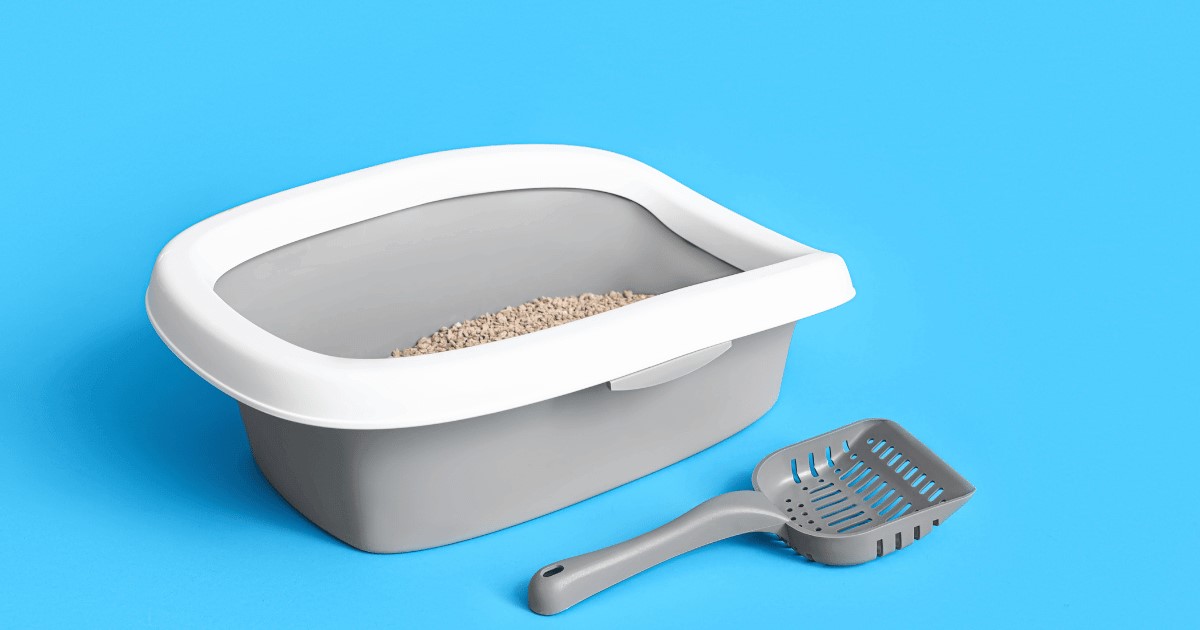

Kitchen Organizing Tools
How To Move A Litter Box
Modified: August 23, 2024
Discover the best kitchen organizing tools and tips for moving a litter box seamlessly. Keep your space tidy and your pet happy with these expert recommendations.
(Many of the links in this article redirect to a specific reviewed product. Your purchase of these products through affiliate links helps to generate commission for Storables.com, at no extra cost. Learn more)
Introduction
Moving a litter box can be a daunting task for cat owners. Whether you're rearranging your living space or transitioning your feline friend to a new home, relocating the litter box requires careful planning and consideration. Cats are creatures of habit, and any sudden changes to their environment can cause stress and anxiety. Therefore, it's essential to approach the process with patience and sensitivity to ensure a smooth transition for your furry companion.
In this comprehensive guide, we'll delve into the intricacies of moving a litter box, providing practical tips and strategies to help you navigate this challenging endeavor. From selecting the optimal location for the litter box to acclimating your cat to the new setup, we'll cover every aspect of the relocation process. Additionally, we'll explore the importance of maintaining a clean and inviting environment to promote your cat's well-being and litter box usage.
By the end of this guide, you'll be equipped with the knowledge and insights needed to move your cat's litter box seamlessly, fostering a harmonious living environment for both you and your beloved pet. So, let's embark on this journey together and ensure a stress-free transition for your cat and a hassle-free experience for you.
Key Takeaways:
- Choose a quiet, well-lit, and easily accessible spot for your cat’s litter box. Consider their preferences and create a safe, comfortable environment to promote stress-free bathroom experiences.
- Gradually move the litter box to a new location, using positive reinforcement and patience to help your cat adjust. Maintain a clean, inviting space to encourage regular litter box usage and ensure your cat’s well-being.
Read more: How To Move A Litter Box To Another Room
Choosing the Right Location
The first step in moving a litter box is to carefully select the new location. Cats are known for their discerning nature, and the placement of the litter box can significantly impact their willingness to use it. When choosing the right location, several factors should be taken into consideration to ensure that the new spot is conducive to your cat's litter box habits.
Consider Your Cat's Preferences
Before settling on a new location for the litter box, it's essential to consider your cat's preferences. Some cats prefer privacy when using the litter box, while others may feel more comfortable in an open and accessible area. Observing your cat's behavior and monitoring their current litter box habits can provide valuable insights into their preferences. Additionally, some cats may be sensitive to noise or high-traffic areas, so selecting a quiet and relatively secluded spot can help alleviate any potential stress associated with using the litter box.
Accessibility and Safety
The chosen location should be easily accessible to your cat at all times. Cats appreciate convenience, and a distant or hard-to-reach spot may discourage them from using the litter box. Furthermore, the area should be free from potential hazards or obstructions that could startle or intimidate your cat while they are using the litter box. Ensuring a safe and secure environment will promote a sense of comfort and security for your feline companion.
Environmental Factors
Environmental factors such as temperature and lighting can also influence your cat's litter box experience. Cats generally prefer a quiet and well-lit area for their bathroom activities. Natural light or gentle illumination can create a welcoming atmosphere, while excessive brightness or darkness may deter your cat from using the litter box. Additionally, maintaining a comfortable temperature in the designated area can contribute to your cat's overall comfort and well-being.
Read more: How Deep Should Litter Be In A Litter Box
Multiple Cats
If you have multiple cats, it's crucial to consider their dynamics when choosing the new location for the litter box. Some cats may be territorial or prefer separate spaces for their litter boxes, while others may be comfortable sharing a communal area. Understanding your cats' social dynamics and individual preferences can guide you in selecting a location that accommodates the needs of all your feline companions.
By carefully evaluating these factors and taking your cat's preferences into account, you can choose a new location for the litter box that promotes a positive and stress-free bathroom experience for your cat. This thoughtful approach sets the stage for a successful transition and fosters a harmonious relationship between your cat and their litter box.
Acclimating Your Cat to the New Location
Introducing your cat to a new litter box location requires a gradual and patient approach to ensure their comfort and acceptance of the change. Cats are creatures of habit, and any sudden alterations to their environment can trigger stress and reluctance to use the litter box. By implementing a thoughtful acclimation process, you can help your cat adapt seamlessly to the new location, fostering a positive and stress-free bathroom experience.
The key to acclimating your cat to the new litter box location lies in gradual exposure and positive reinforcement. Start by placing the new litter box in close proximity to the original location. This allows your cat to become familiar with the sight and scent of the new spot without feeling overwhelmed by the sudden change. Additionally, maintaining both the old and new litter boxes during this transition period provides a sense of security for your cat, ensuring that they have access to a familiar bathroom spot while adjusting to the new setup.
As your cat begins to explore the new location and shows signs of comfort, gradually move the litter box to its intended placement. This incremental relocation allows your cat to acclimate to the new environment at their own pace, reducing the likelihood of resistance or anxiety. Throughout this process, observe your cat's behavior and body language to gauge their level of comfort and acceptance. Positive indicators such as relaxed posture and regular litter box usage signify a successful acclimation to the new location.
Incorporating positive reinforcement techniques can further facilitate the acclimation process. Encouraging your cat with praise, treats, or playtime near the new litter box location creates a positive association, reinforcing the idea that the new spot is a safe and inviting space for their bathroom needs. By offering reassurance and rewards, you can instill confidence in your cat and alleviate any apprehension associated with the change.
It's important to note that each cat has a unique adjustment timeline, and some may require more time than others to fully acclimate to the new litter box location. Patience and understanding are paramount during this transition period, as rushing the process can lead to stress and reluctance in your cat. By allowing your cat to acclimate at their own pace and providing consistent support, you can ensure a smooth and successful transition to the new litter box location, promoting your cat's well-being and comfort.
In summary, acclimating your cat to the new litter box location involves a gradual and patient approach, incorporating incremental changes and positive reinforcement. By prioritizing your cat's comfort and well-being throughout the acclimation process, you can facilitate a seamless transition and foster a positive association with the new litter box location.
Moving the Litter Box Gradually
Moving the litter box gradually is a crucial step in ensuring a smooth transition for your cat. Cats are known for their sensitivity to changes in their environment, and abrupt relocations of their litter box can lead to stress and resistance. By implementing a gradual approach, you can help your cat adjust to the new location at their own pace, reducing the likelihood of anxiety and reluctance to use the litter box.
The gradual relocation process involves introducing the new litter box location in incremental stages. Start by placing the new litter box in close proximity to the original spot. This allows your cat to become familiar with the sight and scent of the new location without feeling overwhelmed by the sudden change. By maintaining both the old and new litter boxes during this initial phase, you provide your cat with a sense of security and familiarity, easing the transition process.
As your cat begins to explore the new location and shows signs of comfort, gradually move the litter box to its intended placement. This step-by-step approach allows your cat to acclimate to the new environment without feeling rushed or disoriented. Observing your cat's behavior during this process is essential, as it provides valuable insights into their level of comfort and acceptance. Positive indicators such as relaxed posture and regular litter box usage signify a successful adjustment to the new location.
Incorporating positive reinforcement techniques can further facilitate the gradual relocation process. Encouraging your cat with praise, treats, or playtime near the new litter box location creates a positive association, reinforcing the idea that the new spot is a safe and inviting space for their bathroom needs. By offering reassurance and rewards, you can instill confidence in your cat and alleviate any apprehension associated with the change.
It's important to recognize that each cat has a unique adjustment timeline, and some may require more time than others to fully acclimate to the new litter box location. Patience and understanding are paramount during this transition period, as rushing the process can lead to stress and reluctance in your cat. By allowing your cat to acclimate at their own pace and providing consistent support, you can ensure a smooth and successful transition to the new litter box location, promoting your cat's well-being and comfort.
In summary, moving the litter box gradually involves a patient and incremental approach, allowing your cat to adjust to the new location comfortably. By prioritizing your cat's comfort and well-being throughout the gradual relocation process, you can facilitate a seamless transition and foster a positive association with the new litter box location.
Maintaining a Clean and Inviting Environment
Ensuring a clean and inviting environment for your cat's litter box is essential for promoting their well-being and encouraging consistent litter box usage. Cats are inherently fastidious animals, and the cleanliness of their bathroom area significantly influences their comfort and hygiene. By implementing effective maintenance practices and creating a welcoming atmosphere around the litter box, you can cultivate a positive bathroom experience for your feline companion.
Read more: How Much Litter To Put In A Litter Box
Regular Cleaning and Scooping
Regular cleaning and scooping of the litter box are fundamental aspects of maintaining a hygienic environment for your cat. Cats are naturally inclined to cleanliness, and a soiled or odorous litter box can deter them from using it. Establishing a routine for scooping and removing waste from the litter box not only ensures a fresh and inviting space but also prevents the buildup of unpleasant odors. Aim to scoop the litter box at least once a day, removing clumps and solid waste to maintain cleanliness and hygiene.
Quality Litter and Proper Depth
The type of litter and its depth in the litter box play a significant role in creating an inviting bathroom environment for your cat. Selecting a high-quality, unscented litter that aligns with your cat's preferences is crucial for their comfort and acceptance. Additionally, maintaining an appropriate depth of litter (typically 2-3 inches) allows your cat to engage in natural digging and covering behaviors, contributing to their sense of security and comfort during bathroom activities.
Strategic Placement and Ventilation
The placement of the litter box within your home can impact its overall appeal to your cat. Positioning the litter box in a well-ventilated area with adequate airflow helps mitigate odors and creates a more pleasant environment for your cat. Additionally, ensuring that the litter box is placed away from noisy appliances or high-traffic areas can reduce potential stress and distractions, fostering a tranquil bathroom experience for your cat.
Regular Litter Box Maintenance
In addition to daily scooping, periodic deep cleaning of the litter box is essential for maintaining a clean and inviting environment. Empty the litter box completely and wash it with mild, unscented soap and warm water on a regular basis to prevent the accumulation of bacteria and odors. Thoroughly dry the litter box before refilling it with fresh litter, ensuring that it remains a comfortable and appealing space for your cat.
Read more: How To Move Electrical Box
Creating a Calm and Comfortable Atmosphere
Beyond physical cleanliness, creating a calm and comfortable atmosphere around the litter box is crucial for promoting your cat's well-being. Avoid placing the litter box near loud or intimidating objects, and consider incorporating soothing elements such as gentle lighting or ambient sounds to enhance your cat's sense of relaxation and security during bathroom activities.
By prioritizing regular cleaning, strategic placement, and a serene atmosphere, you can maintain a clean and inviting environment for your cat's litter box, fostering a positive and hygienic bathroom experience. This proactive approach not only promotes your cat's well-being but also strengthens the bond between you and your feline companion, ensuring a harmonious living environment for both of you.
Frequently Asked Questions about How To Move A Litter Box
Was this page helpful?
At Storables.com, we guarantee accurate and reliable information. Our content, validated by Expert Board Contributors, is crafted following stringent Editorial Policies. We're committed to providing you with well-researched, expert-backed insights for all your informational needs.

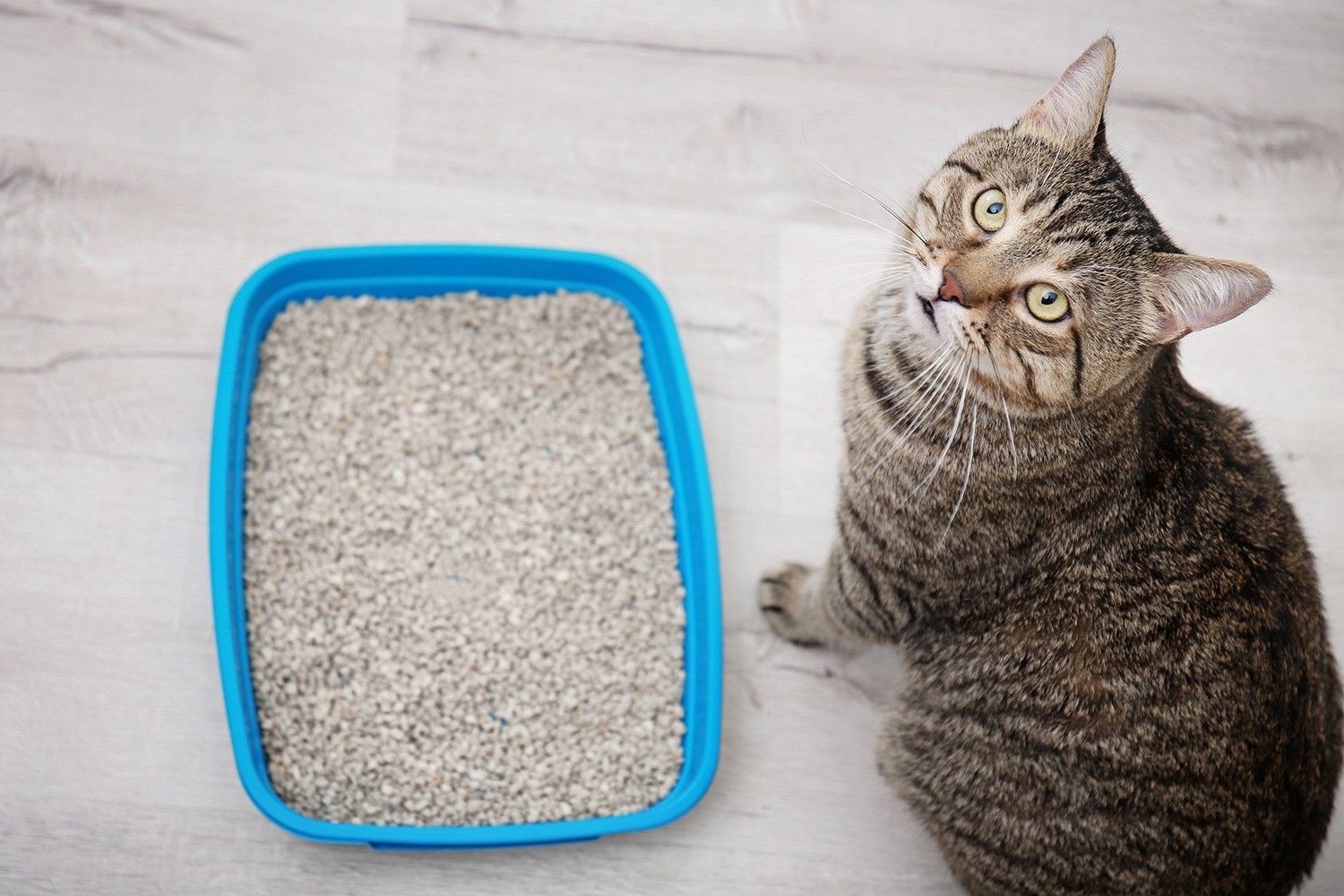
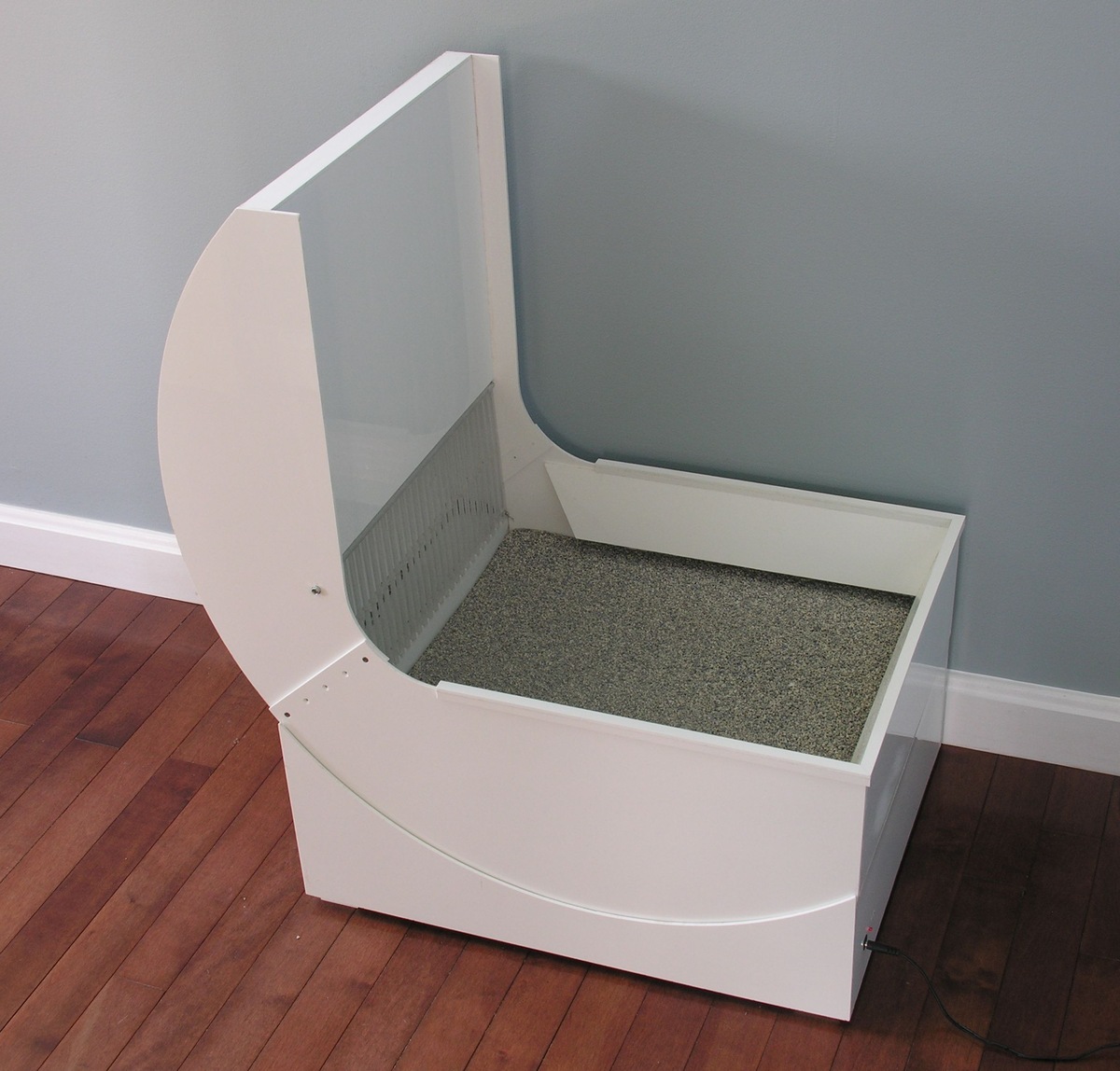
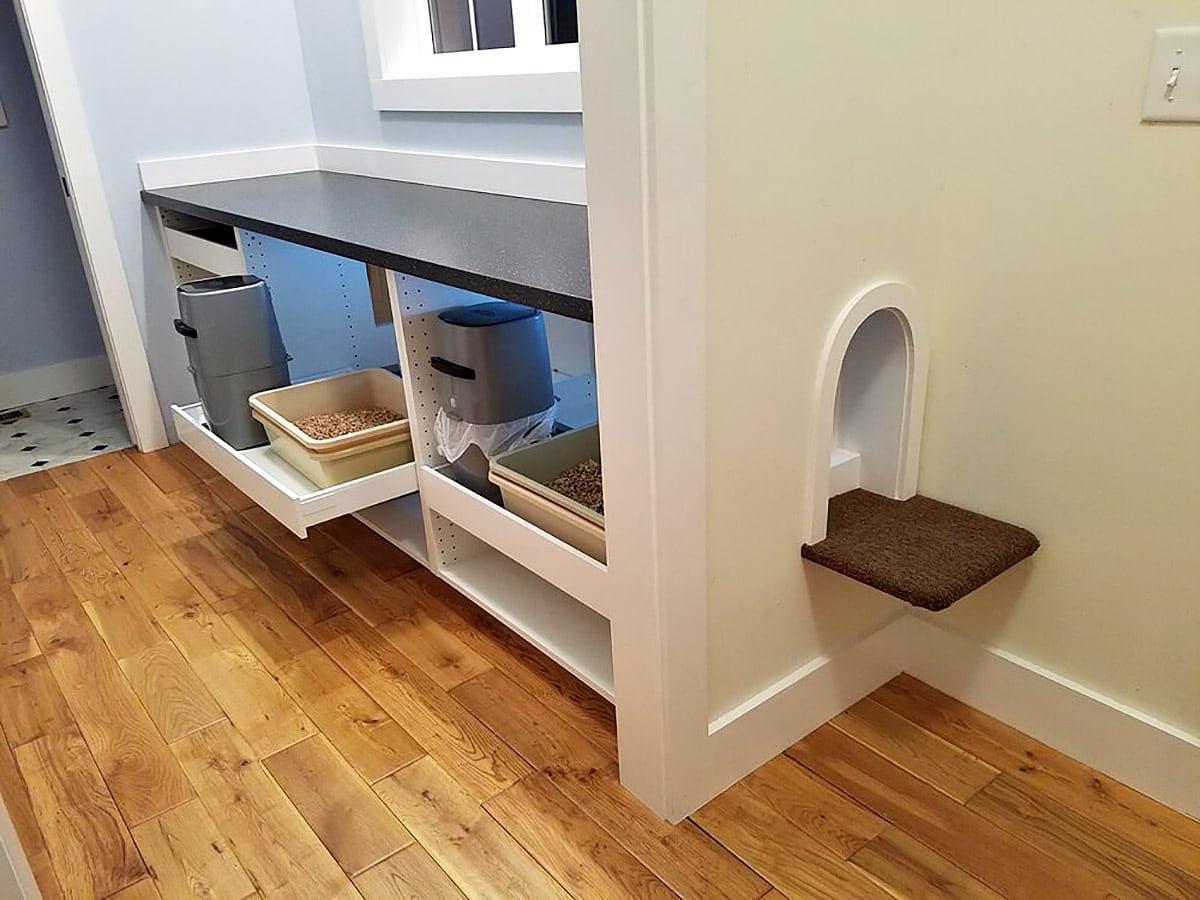
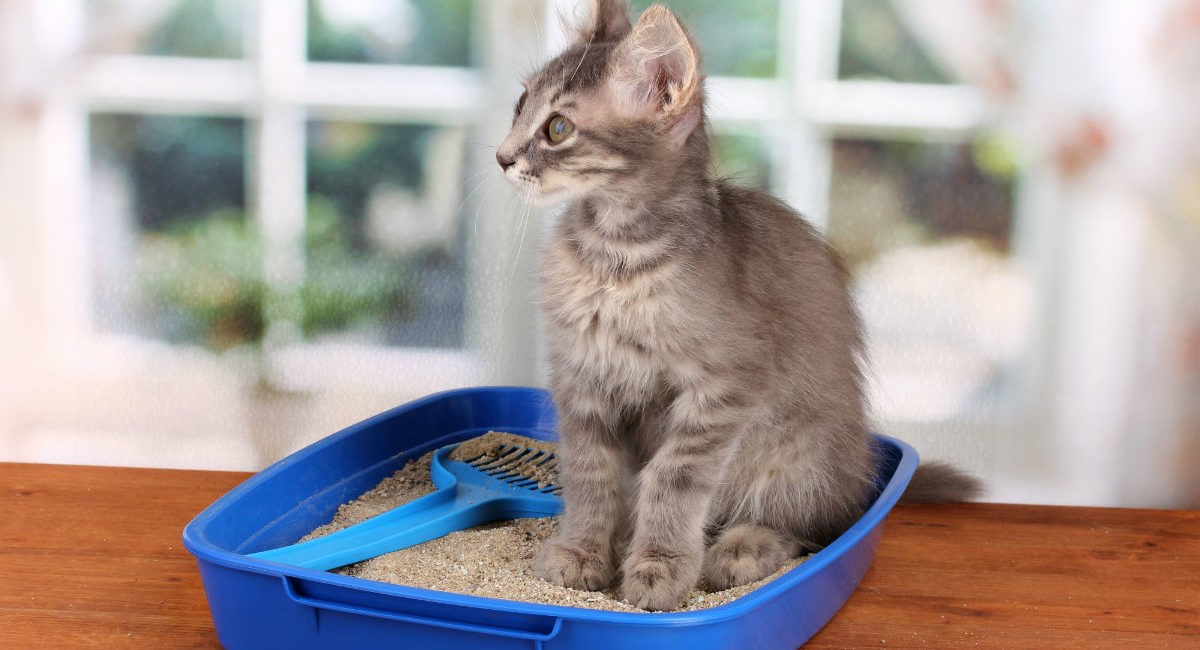

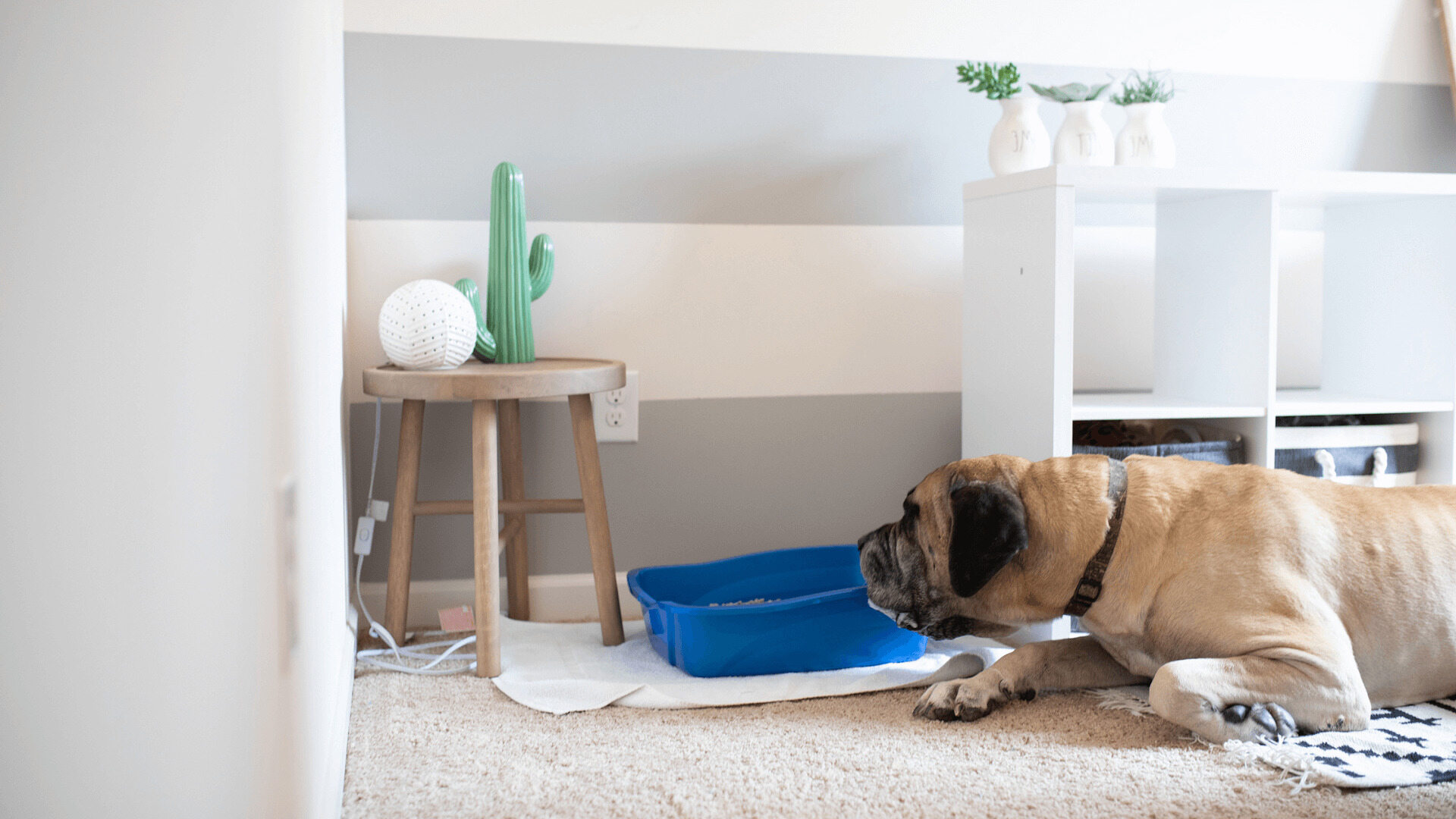
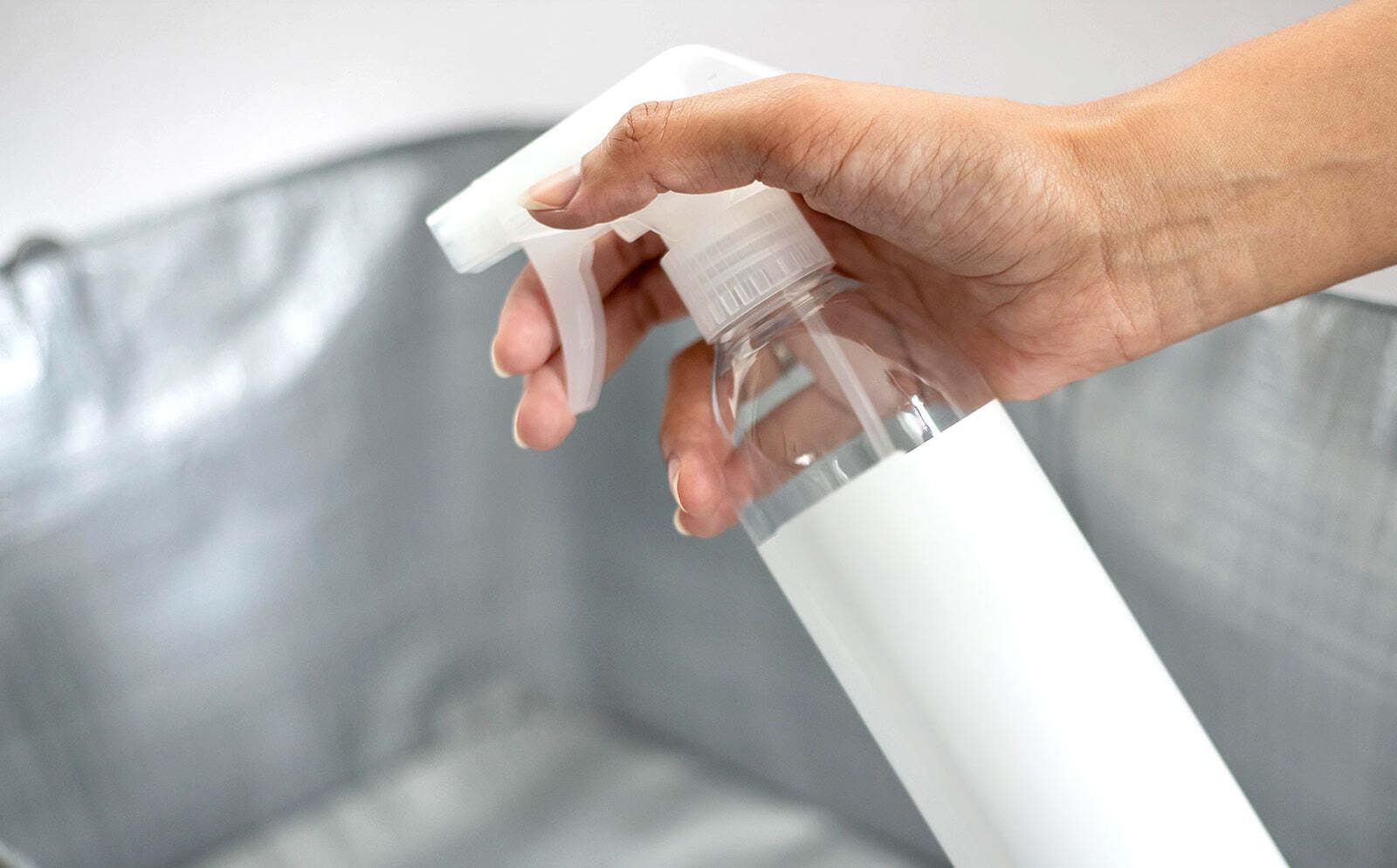
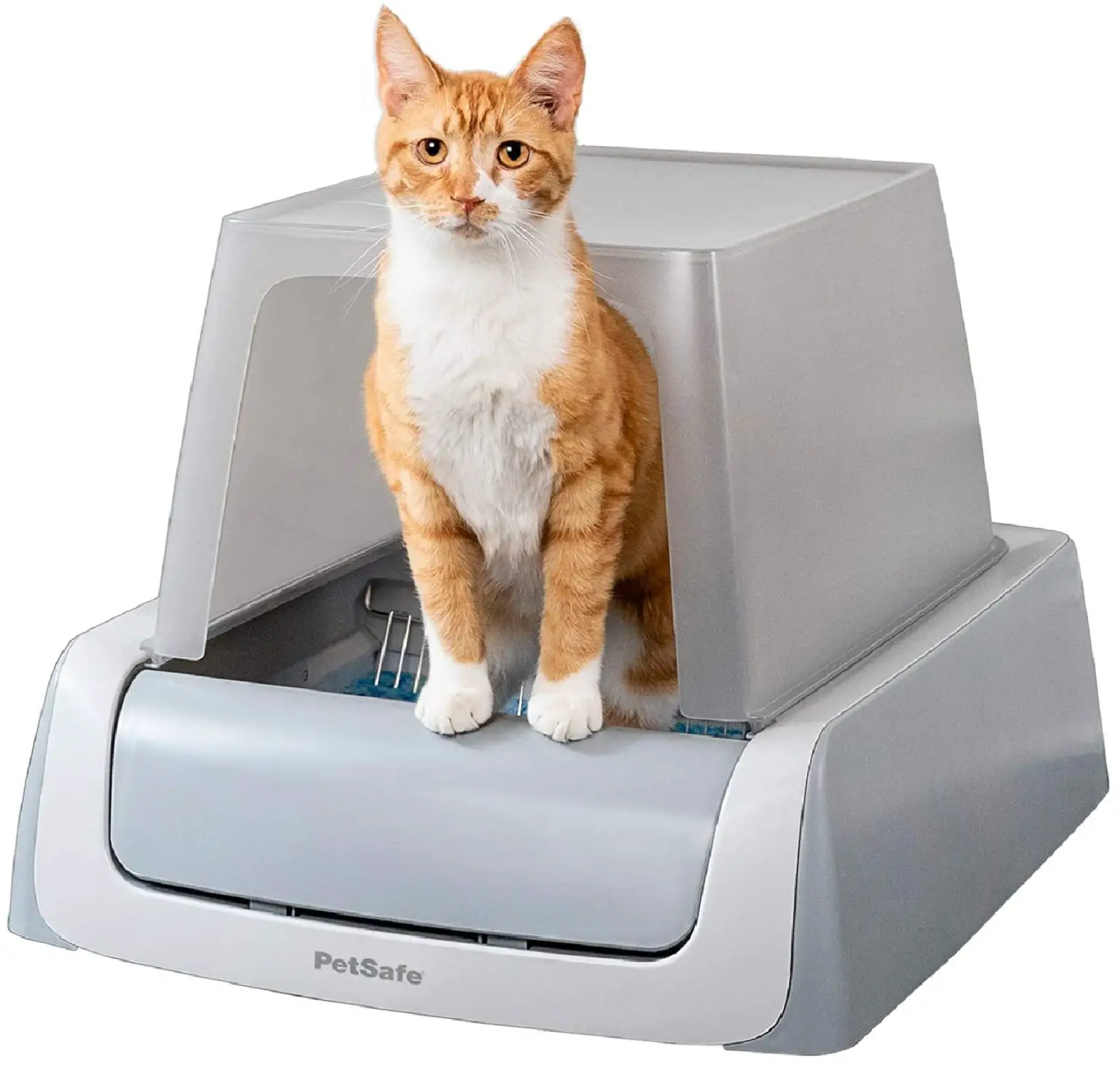

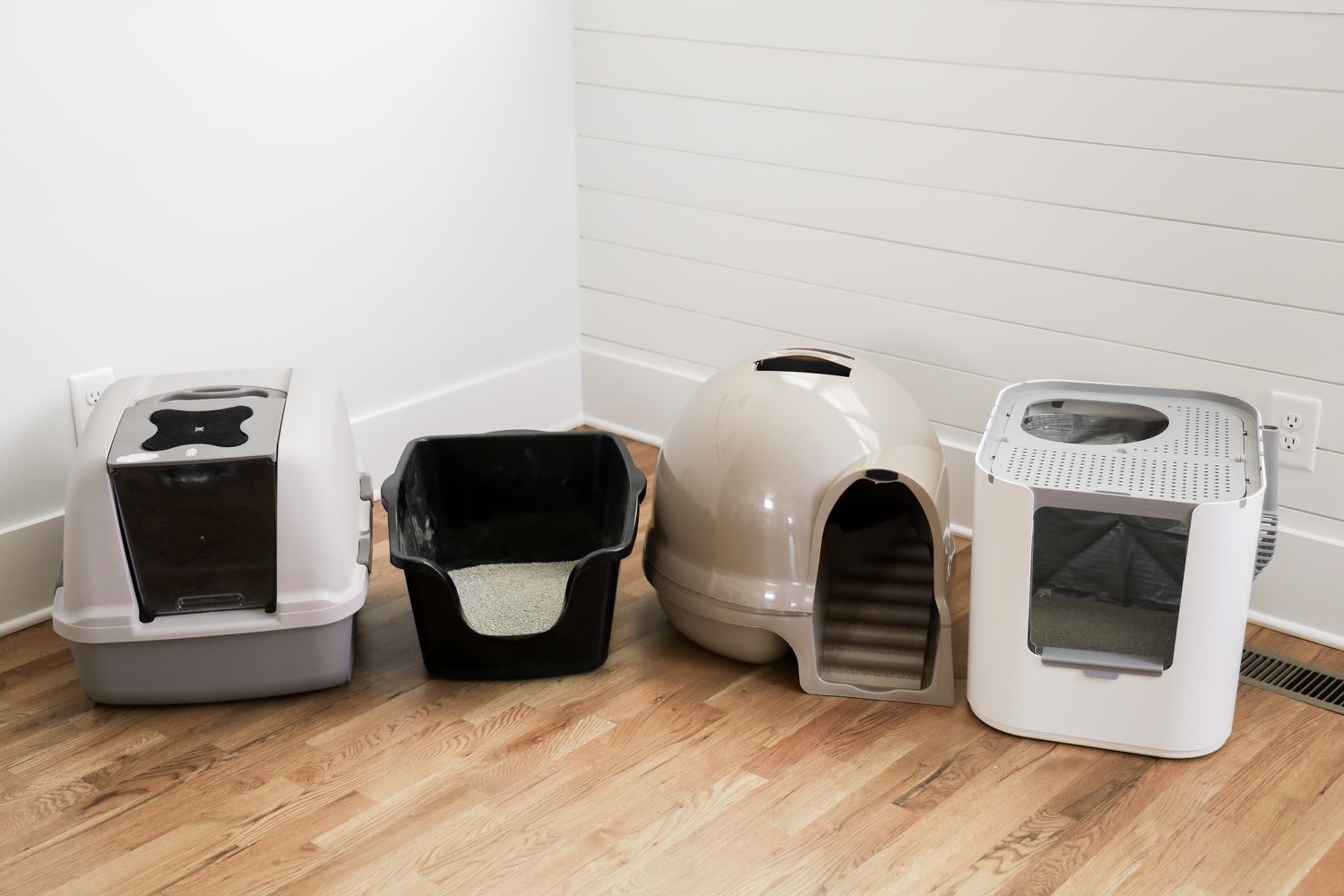
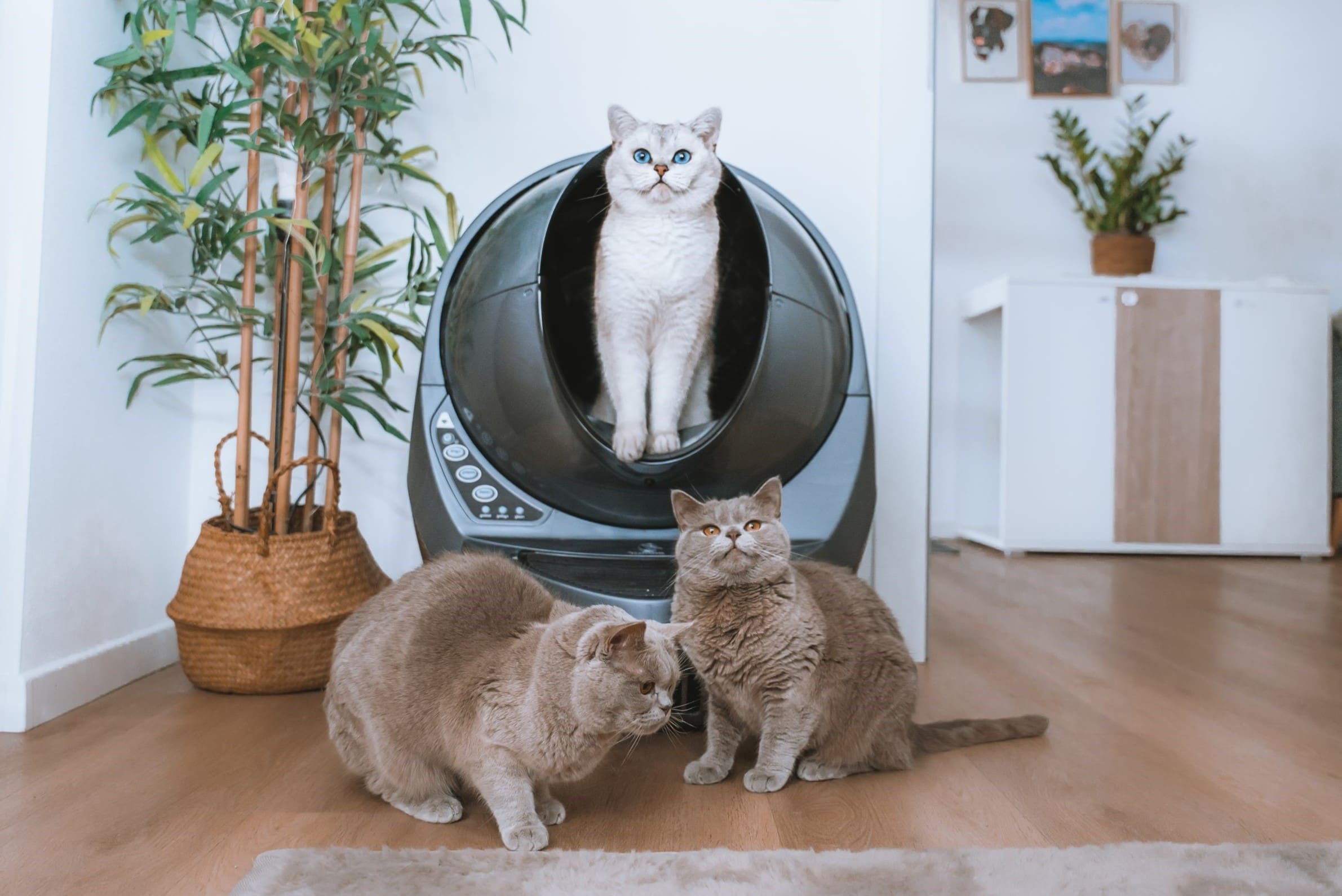

0 thoughts on “How To Move A Litter Box”